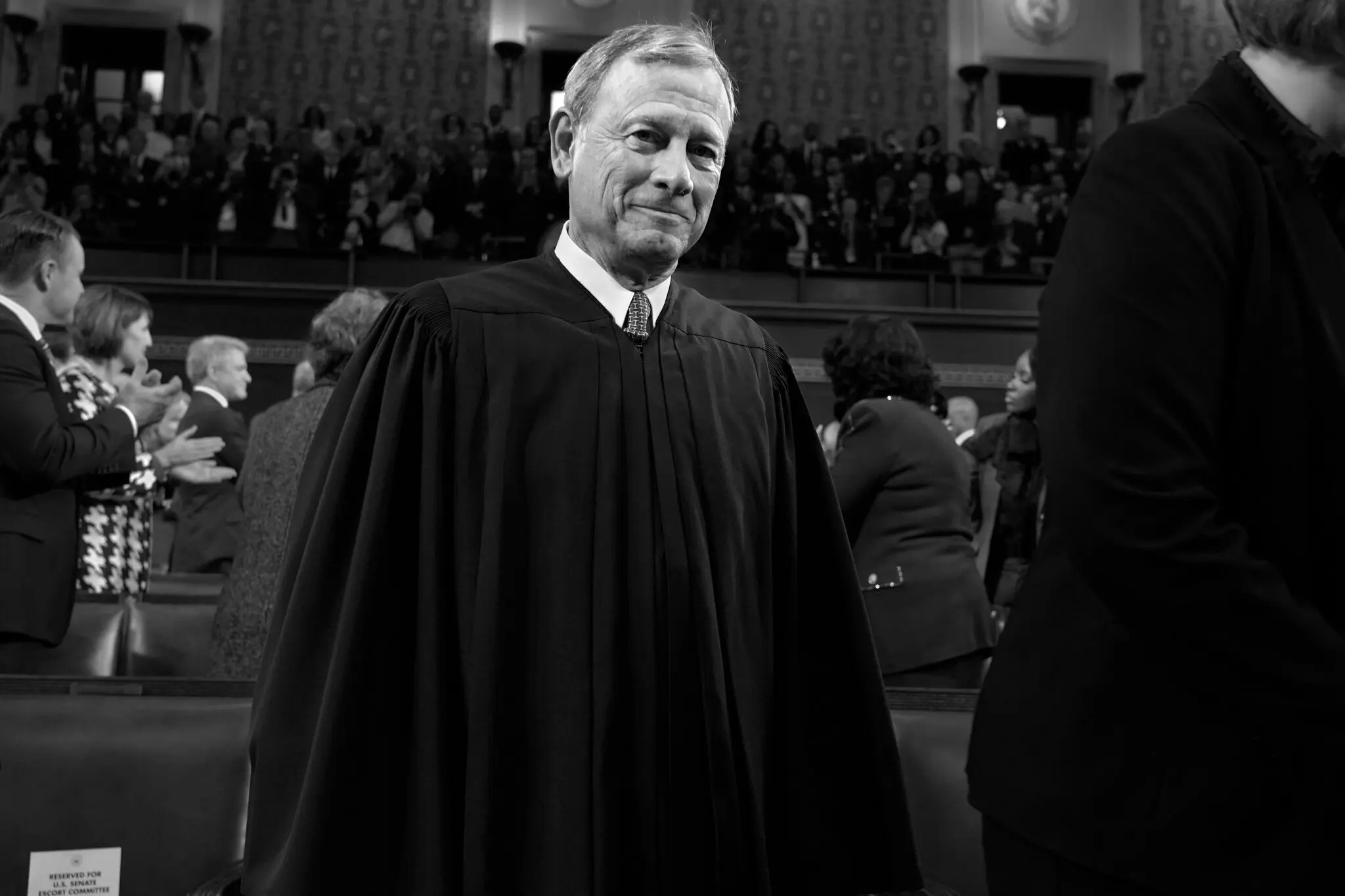The Tragedy of John Roberts
The chief justice is portrayed by some as a tragic figure, powerless to save his court from itself. But the tragedy of John Roberts is that he does have the power to restore some measure of the court’s reputation — he just hasn’t used it.
In June 2012, at the end of a contentious Supreme Court term that decided, among other things, the fate of the Affordable Care Act, Chief Justice John Roberts prepared to leave for Malta, to teach a course on the court. “Malta, as you know, is an impregnable island fortress,” he joked on the eve of his trip. “It seemed like a good idea.”
Eleven years later, Malta no doubt retains its allure. The term that just ended must have been a torment for the chief. The court’s popularity has plunged to record lows; its members bicker on and off the bench; calls for the court to be packed are commonplace. Such circumstances would pain any chief justice, this one more than most. From the start of his tenure in 2005, he has painted himself as an institutionalist whose paramount concern is the court’s integrity. He conducts himself accordingly: He is decorous, almost regal; he speaks of moderation and judicial minimalism. He keeps a sovereign’s distance from modern life. In 1867, in a classic book on the English constitution, Walter Bagehot wrote that in times of change, “the most imposing institutions of mankind” maintain influence by demonstrating an “inherent dignity.” It is ironic, perhaps bitterly so, that a collapse in public esteem has become a hallmark of the Roberts court. Rarely, in recent decades, has the institution seemed less worthy of reverence.
